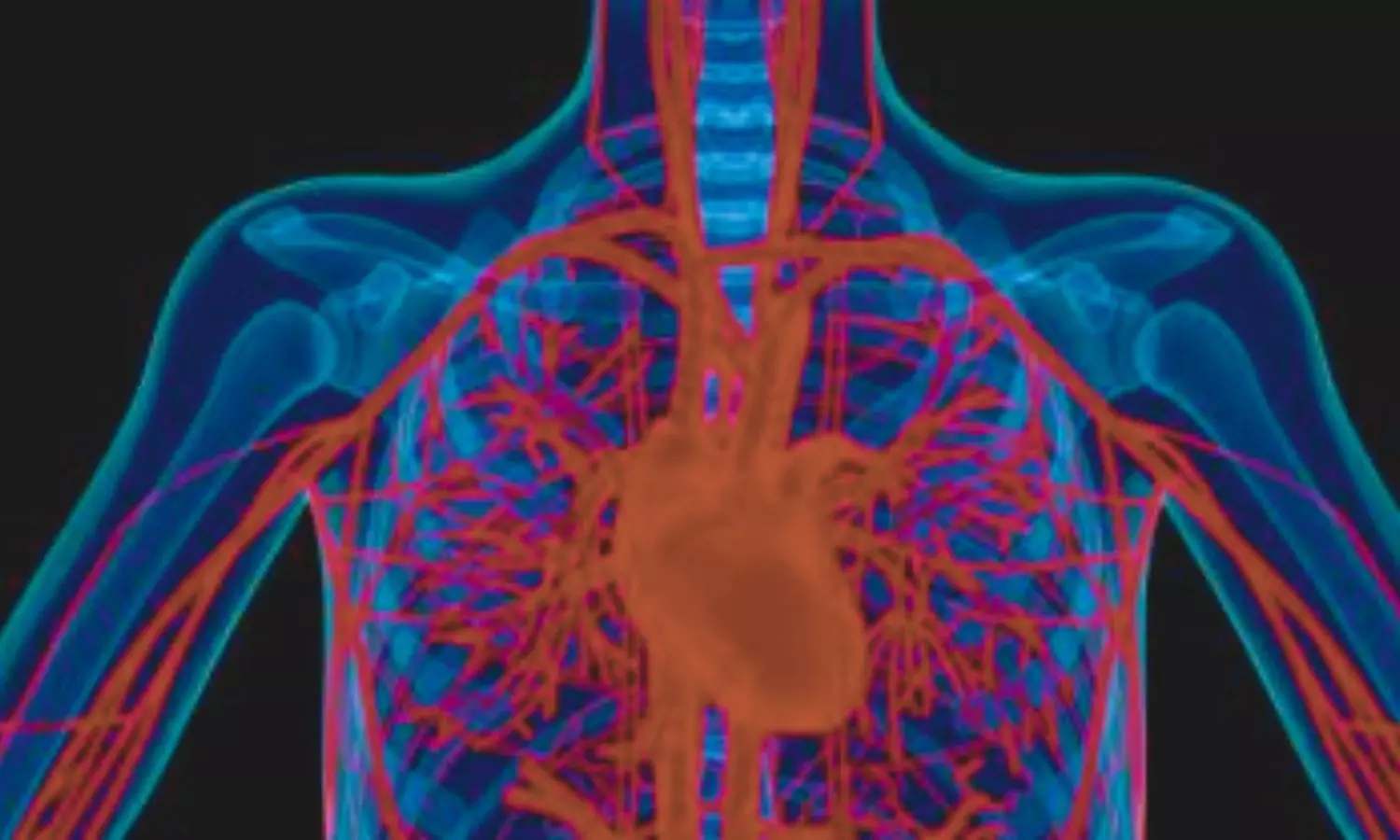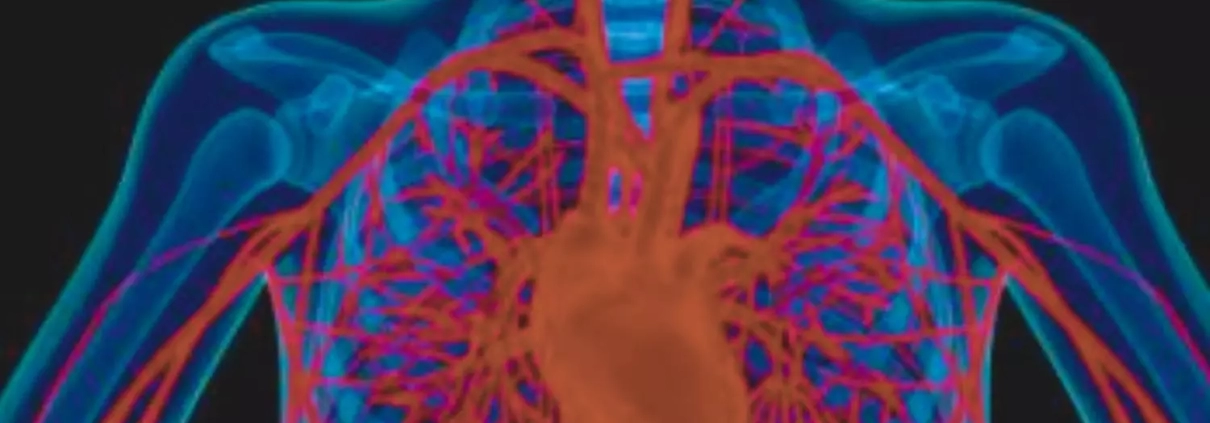BMI may independently predict non-calcified plaque presence among patients with a CAC 0: Study

Iraq: The presence of non-calcified plaque in patients with a coronary calcium score of 0 is associated with diabetes mellitus, advanced age, high body mass index (BMI), and increased pericardial fat volume (PFV), a recent study has revealed.
The researchers revealed that after multivariate adjustment, increased body mass index remained a significant predictor for the presence of non-calcified plaque. The findings were published online in the Indian Heart Journal on December 19, 2023.
CAC = 0 in patients with low-intermediate risk for coronary artery disease (CAD) confers a low risk of mortality and morbidity after 10 years of follow-up as reported in large cohort studies. However, a CAC score of 0 does not consider the presence of non-calcified plaques, which cannot be detected by routine CAC scan or conventional angiography and may have prognostic implications when identified by CT coronary angiography.
The early stage of coronary atherosclerosis involves non-calcified coronary plaque formation, which is linked with increased shear stress and positive remodelling of the coronary vessel. This type of coronary plaque is more likely to rupture and form a thrombus, likely causing acute coronary syndrome or sudden cardiac death compared to calcified plaque, which represents a late phase of coronary atherosclerosis and a more stable lesion. Hence, identifying the potential predictors of non-calcified plaque is important for risk stratification and risk factor control in patients with suspected CAD, specifically when CAC = 0.
Abdulameer A. Al-Mosawi, University of Kufa, Najaf, Iraq, and colleagues therefore aimed to assess the association of PFV and classical coronary risk factors with non-calcified plaque presence in patients with suspected coronary artery disease and CAC = 0 in a retrospective study conducted between January 2013 and April 2022.
The study involved 811 patients with chest pain suggestive of angina. They underwent CT coronary angiography for the assessment of CAD. Of these, the analysis included 417 with CAC = 0.
The study led to the following findings:
- Patients with non-calcified plaque were older (54 ± 9 versus 50 ± 10) and had a higher prevalence of diabetes mellitus (31% versus 17%), high BMI (29.9 versus 28.3), and increased PFV (123 cm3 versus 99 cm3) compared to patients without plaque.
- In multivariate regression analysis, high BMI [OR = 1.1] was an independent predictor of non-calcified coronary plaque presence among patients with CAC = 0 after adjustment to variables in the univariate analysis.
“In patients with CAC = 0, diabetes mellitus, advanced age, high BMI, and increased PFV were all associated with the presence of non-calcified plaque,” the researchers wrote. “After multivariate adjustment, increased BMI remained a significant independent predictor for non-calcified plaque presence.”
Reference:
Al-Mosawi, A. A., Nafakhi, H., & Alabayechi, Y. S. (2023). Pericardial fat volume and coronary risk factors as predictors of non-calcified coronary plaque presence among patients with coronary calcium score = 0. Indian Heart Journal. https://doi.org/10.1016/j.ihj.2023.12.006



